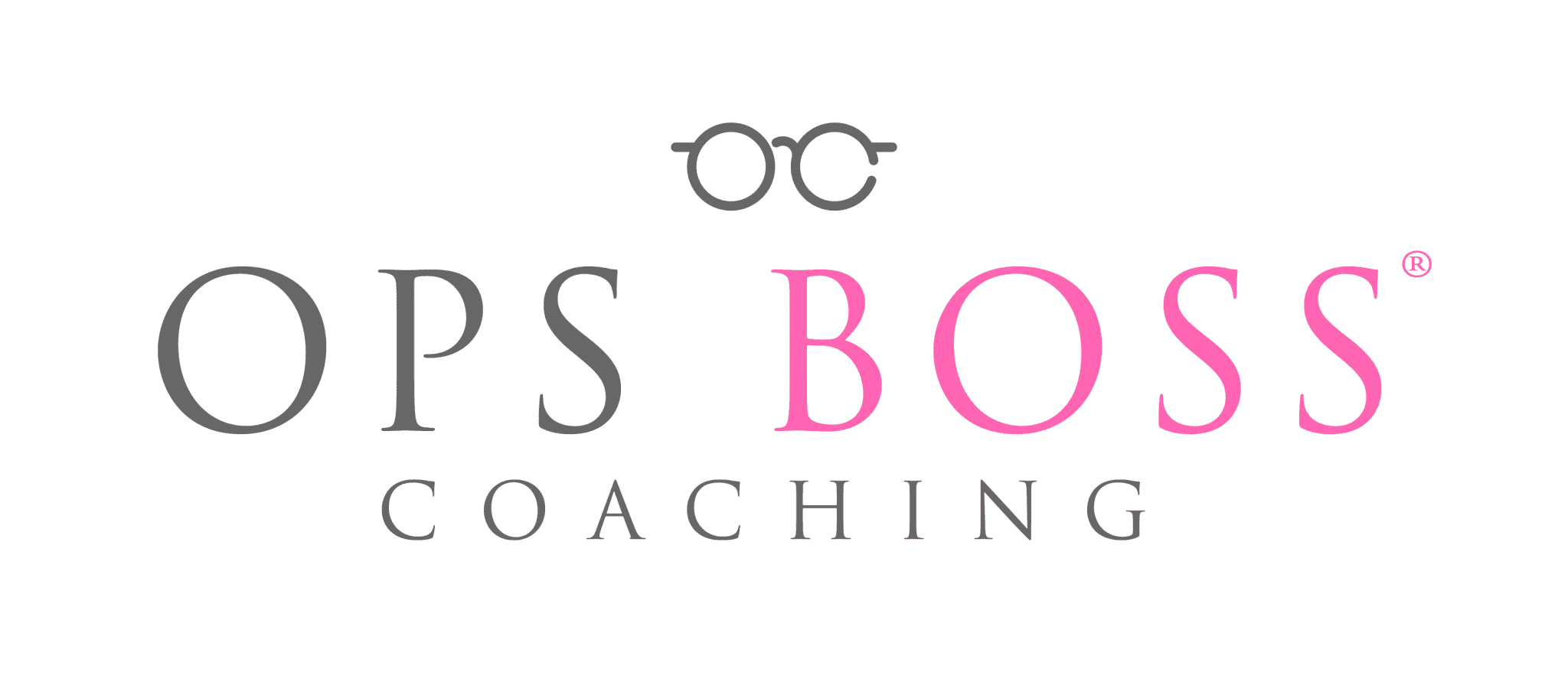“Bossy Hacks” are not just technology tips or new apps. We also need hacks for our brains. (We call them “Ninja Mind Tricks”). Energy management is UBER important in small business life. Otherwise you find yourself drained and unable to give your team or your clients your best. And they deserve that.
Here’s a tip we love for energy management:
Evaluate your Days based on your energy level; and schedule things accordingly. For example:
- On Green Light Days (days when your energy is high) – Ask who you can help.
- On Red Light Days (days when you feel drained) – Ask who can help YOU!
- On Green Light Days – Work on your most challenging projects.
- On Red Light Days – Work on your “no brainer” tasks.
You can also apply this to each day, with Green, Yellow & Red Zones daily.
- Green Zone: The time of day when you are at your peak energy and focus. This is when you are most alert, creative, and productive.
- Yellow Zone is when your energy and focus start to wane but are not at their lowest. This is where you have an average level of alertness.
- Red Zone is when your energy and concentration are at their lowest, typically later in the day. This zone is where you are tired and not mentally sharp.
Green Zone = PRIME TIME
During your green zone, you want to tackle activities that require your highest level of concentration, problem solving, or creativity. Things like
- High-Impact Tasks: These are the tasks that make the biggest difference, the top 20% that drive 80% of your results.
- Deep Work: This is the time for tasks that require deep concentration and uninterrupted focus, like strategic planning or complex projects.
- Important Decisions: Make critical decisions during this time, as you’ll be thinking most clearly and effectively.
In your green zone, you can knock out high-focus tasks quickly and efficiently. However, if you try to do these same tasks during your yellow or red zones, it can take significantly longer and require much more effort. For example, a task that takes one hour in your green zone might take two or three hours in your yellow or red zones.
Avoid using your green zone for low-value, routine tasks that don’t need your best energy and focus. Save those for when your energy naturally dips.
Remember – when you’re doing your time audit to log how certain tasks make you feel – this will help you speed up in identifying what goes in what energy zones
Yellow Zone
This is a great time for tasks that require moderate focus and routine activities.
During your yellow zone, focus on:
- Routine Tasks: These could include organizing files, updating your CRM, processing transactions, or other administrative duties. For real estate, it might be logging client interactions or preparing standard documents.
- Meetings: Since meetings often involve interaction and discussion, they can fit well into your yellow zone when you don’t need to be at peak mental capacity. Schedule team check-ins, client follow-ups, or vendor meetings during this time.
- Emails and Communication: Catching up on emails, making phone calls, and engaging on social media are perfect for the yellow zone.
Studies have shown that our cognitive functions can drop by up to 20% during energy dips, making it less ideal for high-focus work. By reserving this time for tasks that don’t require your full concentration, you maintain productivity without draining your energy reserves.
For example, a very common yellow zone is typically mid-afternoon. You can use this time to catch up on emails, attend meetings, and handle routine administrative tasks.
Red Zone
The red zone is when your energy is at its lowest. This is the time for less demanding tasks or taking a break to recharge.
During your red zone, focus on:
- Low-Effort Tasks: Activities like tidying your workspace, running errands, or organizing supplies, preparing materials for upcoming meetings.
- Breaks and Rest: Use this time to rest and recharge. Take a walk, meditate, or do something relaxing to replenish your energy.
- Planning and Reflecting: Light tasks like planning your next day, reflecting on your progress, or setting up your schedule for the week can be suitable for this period.
For many people, the red zone hits in the late afternoon or evening. You can use this time to wind down, reflect on the day, and prepare for the next.
